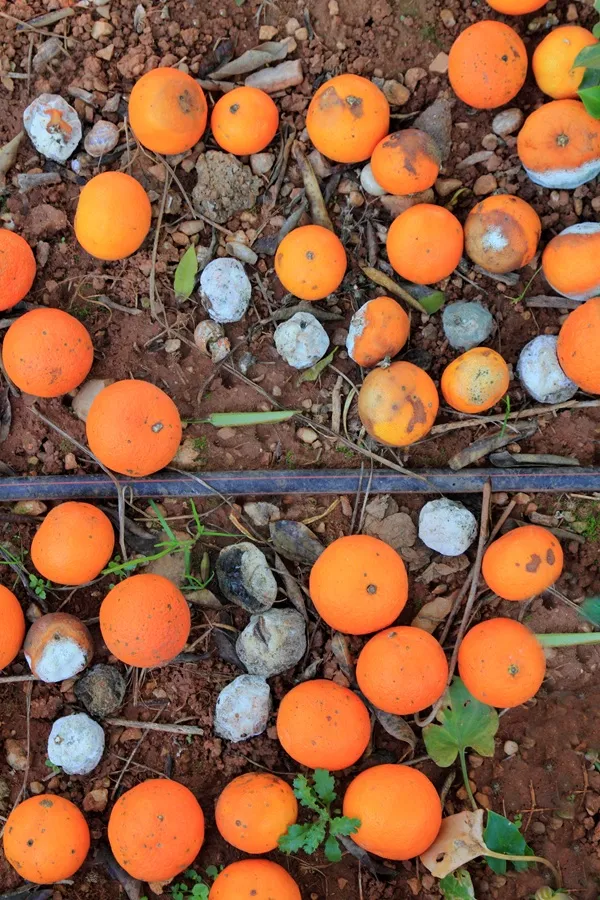Table of Contents
1. Overview
Clams are bivalve mollusks belonging to the families Veneridae, Myidae, and others, found in both marine and freshwater habitats. Valued for their tender meat and ecological role as filter feeders, clams are a staple in global cuisines and aquaculture industries. This guide explores their biology, economic impact, culinary versatility, and sustainability practices.
2. Global Varieties
- Manila Clam (Ruditapes philippinarum): Native to Asia; small, oval, and widely farmed.
- Quahog (Mercenaria mercenaria): North Atlantic; large, hard-shelled, used in chowders.
- Razor Clam (Ensis spp.): Elongated shells; prized in Europe and Asia for sweet meat.
- Geoduck (Panopea generosa): Pacific Northwest; massive, burrowing clam with a long siphon.
- Surf Clam (Spisula solidissima): North Atlantic; processed for canned soups and fried dishes.
- Cockle (Cerastoderma edule): Globally distributed; ribbed shells, popular in Mediterranean cuisine.
3. Sizes & Price Factors
- Sizes:
- Small: Littleneck/Manila (1–2 inches).
- Medium: Cherrystone (2–3 inches).
- Large: Quahog (3–4+ inches), Geoduck (up to 6 lbs).
- Price:
- Wild: $5–$15/kg (e.g., Manila clams).
- Farmed: $8–$20/kg (sustainably certified).
- Specialty: Geoduck ($30–$50/kg in Asian markets).
4. Physical Traits
- Colors: Shells range from white/gray (Quahog) to striped (Manila) or golden (Cockle); meat is ivory to orange.
- Smell: Fresh seawater scent; spoiled clams emit a foul, ammonia-like odor.
- Flavor: Sweet, briny, and slightly nutty, influenced by habitat (merroir).
5. Culinary Uses
- Raw: Sushi/sashimi (e.g., geoduck; freeze 24h for safety).
- Steamed: Classic clams in white wine with garlic and herbs.
- Fried: Breaded clam strips or fritters.
- Soups/Stews: New England clam chowder, Italian zuppa di vongole.
- Sauteed: Indian Style - Sauteed with oil, onions, ginger, garlic, various spices and lemon juice.
- Grilled/Baked: Stuffed with breadcrumbs, bacon, or chorizo.
6. Nutrition & Health Benefits
- Macronutrients: High protein (12g/100g), low fat, rich in omega-3s (0.2g/100g).
- Vitamins/Minerals: B12, iron, zinc, selenium, potassium.
- Health Benefits: Supports immune function, energy metabolism, and heart health.
- Risks: Raw clams may carry Vibrio bacteria; cook for vulnerable groups.
7. Cultivation & Capture
- Wild Harvest:
- Handpicking: Intertidal zones (razor clams).
- Dredging: Offshore beds (surf clams).
- Aquaculture:
- Rack-and-Bag Farming: Suspended systems in tidal zones (Manila clams).
- Bottom Culture: Seabed seeding (quahogs).
- Major Producers: USA, China, Philippines, Italy, Japan.
8. Byproducts
- Shells: Ground into calcium carbonate (agricultural lime, supplements) or used in crafts.
- Shellfish Meal: Fertilizer or aquaculture feed.
- Pearls: Rare in some freshwater species.
9. Processing & Storage
- Live Storage: Refrigerate (0–4°C) in damp cloths; consume within 2–3 days.
- Freezing: Shuck meat and freeze in brine (6–8 months).
- Canning: In brine or sauces (e.g., clam chowder base); shelf-stable 2–4 years.
10. Major Producers & Trade
- Top Producers: USA (Geoduck, Quahog), China (Manila), Italy (Venus clams), Japan.
- Exporters: Canada, USA, Philippines, South Korea.
- Importers: EU, Japan, USA, China.
11. Climate Conditions
- Temperature: 10–25°C (varies by species; Manila clams thrive in 15–20°C).
- Salinity: Marine species require 20–35 ppt; freshwater clams tolerate <5 ppt.
- Habitat: Sandy/muddy substrates in intertidal zones or estuaries.
12. Diseases & Risks
- Parasites: Protozoans (e.g., Perkinsus spp.) in farmed stocks.
- Harmful Algal Blooms (HABs): Toxins (e.g., saxitoxin) accumulate in filter feeders.
- Biofouling: Barnacles and algae reduce marketability.
13. Return on Investment (ROI)
- Farming Costs: $10,000–$25,000/hectare (seed, equipment, labor).
- Profit Margins: 20–35% for high-demand species (e.g., geoduck); ROI in 2–4 years.
14. Quick Recipes
- Clam Linguine: Sauté clams in white wine, garlic, and chili; toss with pasta.
- Clam Ceviche: Marinate raw clams in lime, cilantro, and red onion.
- Grilled Clams: Top with herb butter and lemon; grill until shells open.
15. Sustainability Challenges
- Overharvesting: Declining wild stocks (e.g., geoduck in Asia).
- Habitat Destruction: Coastal development impacts intertidal zones.
- Pollution: Bioaccumulation of heavy metals and microplastics.
16. Conclusion
Clams are a sustainable protein source with culinary versatility and ecological benefits. Responsible aquaculture and strict wild harvest regulations are critical to preserving populations and marine ecosystems.









